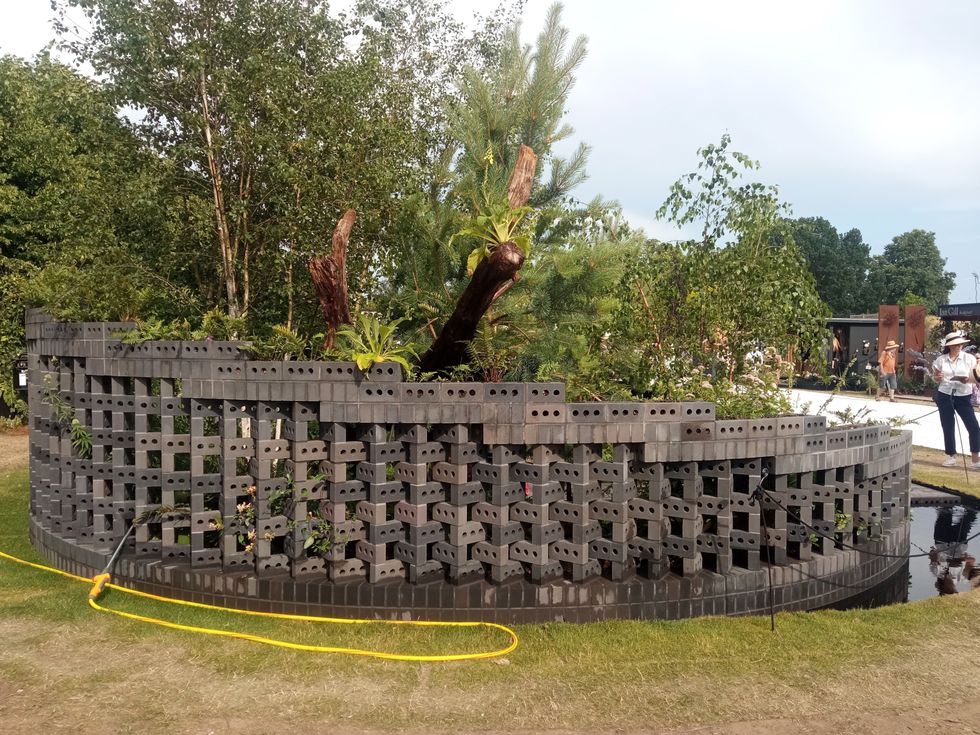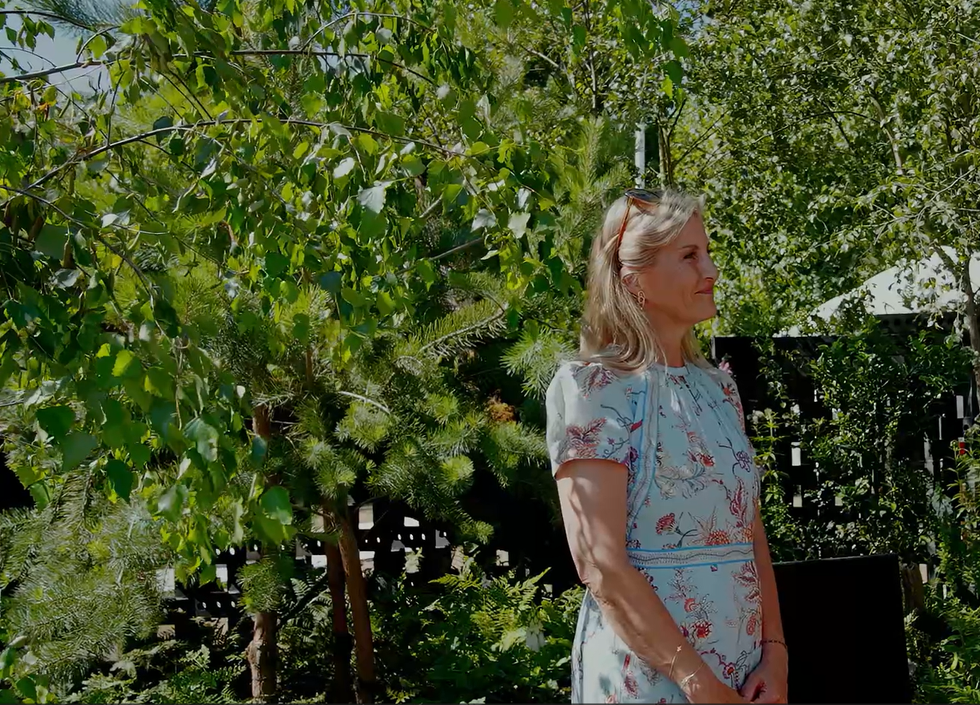by AMIT ROY
BLETCHLEY PARK in Buckinghamshire, 40 minutes by train from London, is part of British folklore because this is where 13,000 people, among them mathematical geniuses such as Alan Turing, worked during the Second World War, breaking Enigma and other German
codes.
The venue was so secret that its existence was not widely known until 1974.
Bletchley Park, now a heritage site and open to the public, is currently holding an exhibition to commemorate the 75th anniversary of D-Day on June 6, 1944. But there are modern lessons to be learnt from Bletchley Park, where the Government Code & Cipher School
(GC&CS), founded in 1919, was based from 1939-1946 and which was renamed as GCHQ (Government Communications Headquarters) after the war.
Perhaps the most important lesson is that the codebreaking skills which allowed Britain’s most patriotic and innovative men and women to win the war against Nazi Germany are used by today’s hackers to break into personal computers.
Dr David Kenyon, resident research historian at Bletchley Park – his book, Bletchley Park and D-Day, is due out shortly – offers a blunt piece of advice: “Change your password every week.”
What enabled the British to crack the German Enigma code was “human error”.
Learning officer Tom Briggs said that those same errors are made by people today, though at a much more basic level. For example, people tend to use predictable passwords – names of pets, family members or birthdays – making it simple
for hackers to guess what these might be.
At the Day-Day display, head of exhibitions, Peronel Crawford, carefully pulled out examples of German messages, decoded, translated into English and written up on slips of paper. By the time the Allies were ready to land on the beaches of Normandy, Bletchley Park had provided commanders with very accurate information on German defences.
Today, the warnings are about hackers.
In the exhibition on cyber security, visitors are told: “Malware in a global problem. Every minute of every day, home computers are under attack. Discover all the malware attacks detected in one day.”
One map shows the attacks on home computers in the Indian capital, New Delhi, in real time. “Few of us would leave our front door open, but we are far more careless when
we’re online,” it is pointed out. “People who don’t use basic security are exposing themselves to criminals who want to steal information – from bank details to holiday
dates so homes can be burgled.”
There is a quote from Simon Singh, author of Fermat’s Last Theorem and The Code Book, which deals with cryptography and its history: “The ongoing battle between codemakers and codebreakers has inspired a whole series of brilliant scientific breakthroughs. The codemakers have continually striven to construct ever-stronger codes for defending communications, while the codebreakers have continually invented more ingenious
methods for attacking them.”
At its busiest, 9,000 people were crammed into huts which have been restored to how they looked during the war.
“It is the home of British codebreaking and a birthplace of modern information technology,” it is stated. “Throughout World War Two, workers at Bletchley Park decrypted messages
from Nazi Germany’s Enigma and Lorenz machines, and other enemy ciphers.
“The high-quality military intelligence produced by Bletchley Park ... played a crucial role in combat operations overseas, as well as the Battle of Britain and the Blitz. The enemy never knew about Bletchley Park or that their top-secret codes were being systematically broken.”
















 The circular structure inspired by jali screens in India
The circular structure inspired by jali screens in India Sophie, Duchess of Edinburgh, at the garden
Sophie, Duchess of Edinburgh, at the garden The couple display their medals
The couple display their medals
